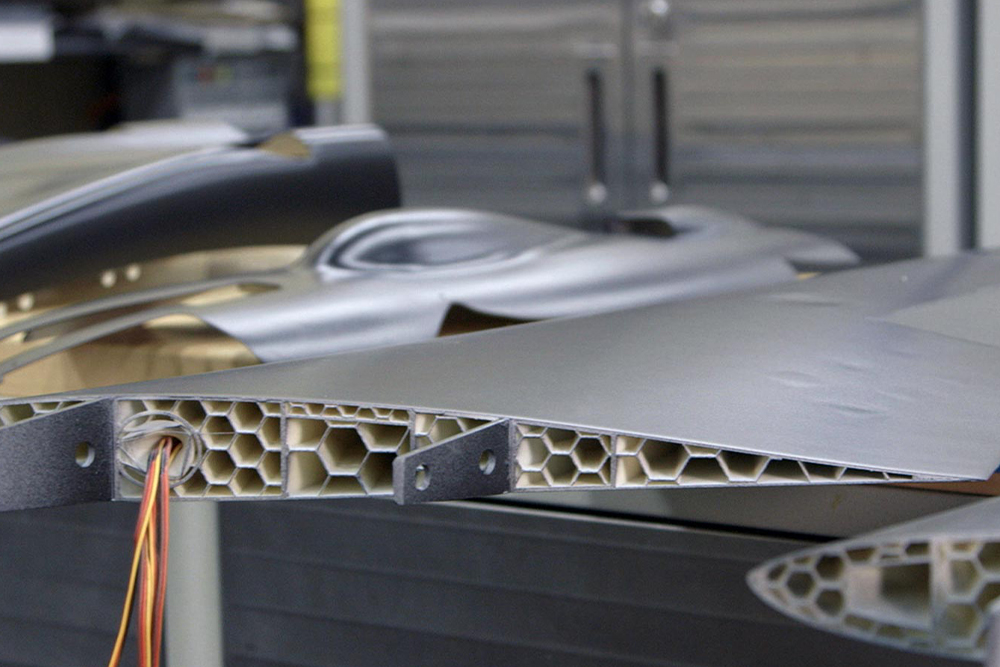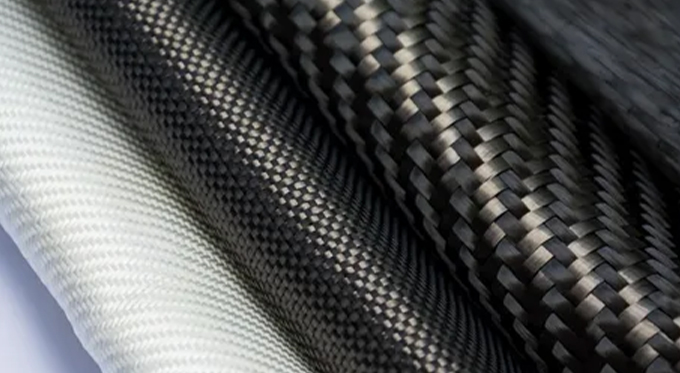Composite Materials: Structure, Advantages And Industrial Usage Areas
Composite materials are materials created by combining different material components, generally designed to increase properties and performance. In this article, the structure, advantages and industrial usage areas of composite materials will be examined and the importance of these materials in modern industries will be emphasized.
Structure and Components
Composite materials generally consist of three main components:
Matrix Material: Matrix material is the material that forms the basic carrier structure of the composite and generally has a polymeric structure. The matrix usually consists of polymeric materials such as resin or epoxy .
Reinforcement Fibers: Reinforcement fibers are materials used to increase the strength and durability of the composite material. Reinforcement fibers usually consist of glass fiber, carbon fiber or some natural fibers.
Fillers and Additives: Fillers and additives are used to further improve the properties of the composite material. These materials may contain various ingredients, such as fillers or colorants.

Advantages
High Strength and Lightness: Composite materials are characterized by a combination of high strength and lightness . These features make it widely used in application areas and are especially preferred in industries such as aviation, automotive and maritime.
Corrosion Resistance: Composite materials generally have better corrosion resistance compared to metal materials. These features enable them to be used especially in the marine and chemical industries.
Design Flexibility: Composite materials can be produced in different shapes and sizes. This provides designers and engineers with a wide range of creative freedom.
Industrial Usage Areas
Aerospace Industry: Aviation and space industry are areas where composite materials are widely used. These materials are ideal for aircraft fuselages, wings, propellers and structural components of spacecraft.
Automotive Industry: In the automotive industry, the use of composite materials is rapidly increasing. These materials make an excellent alternative for vehicle bodies, chassis parts and interiors.
Marine Industry: In the marine industry, composite materials are used in many applications such as ship hulls, boat parts, and subsea structures.
Conclusion
Composite materials are important materials that have a wide range of uses in modern industries. High strength, lightness, corrosion resistance and design Advantages such as flexibility have made these materials indispensable in aerospace, automotive, marine and many other industries. The continuous development of composite materials and the expansion of their uses will continue to be an important part of industrial innovation .



